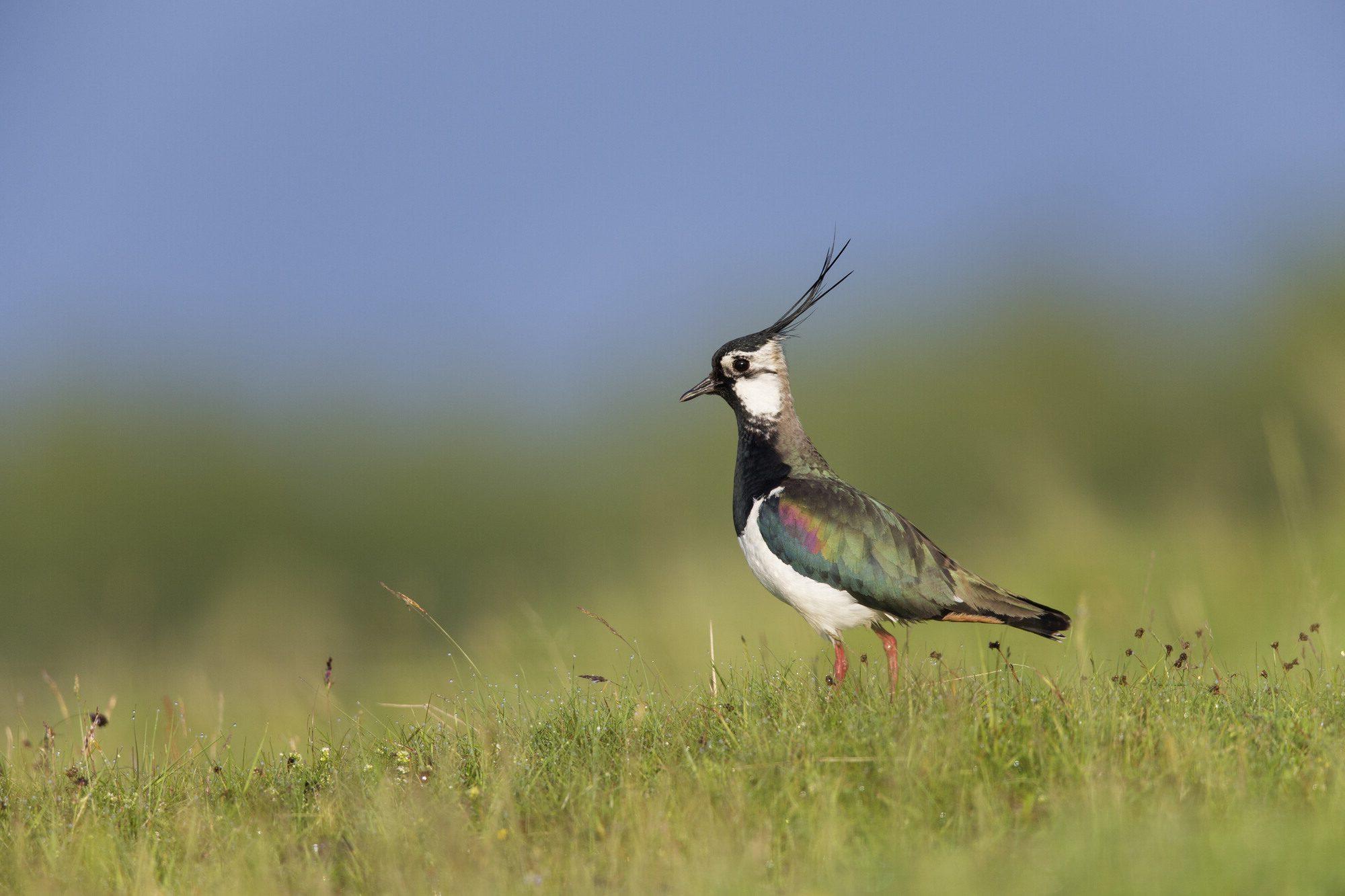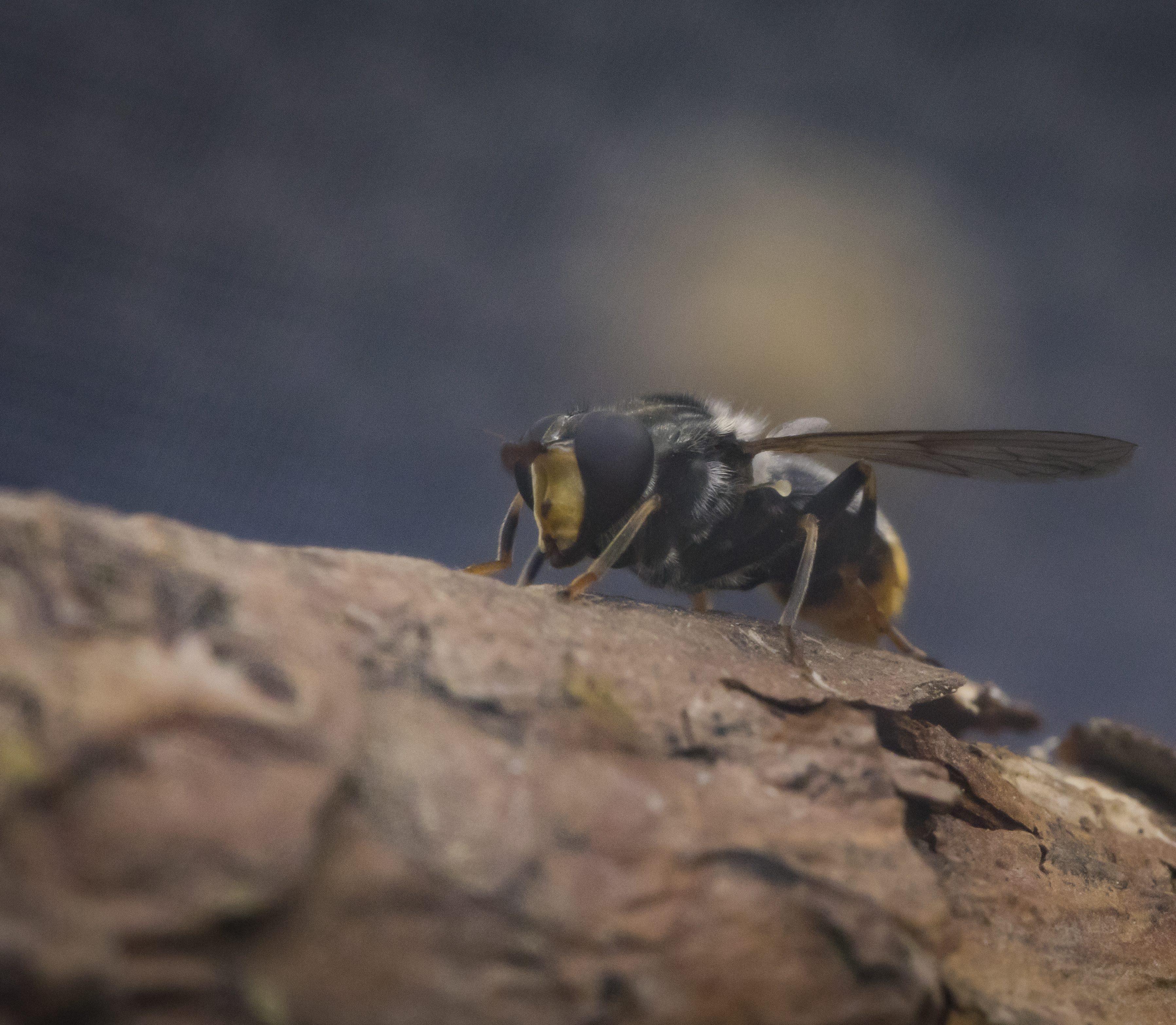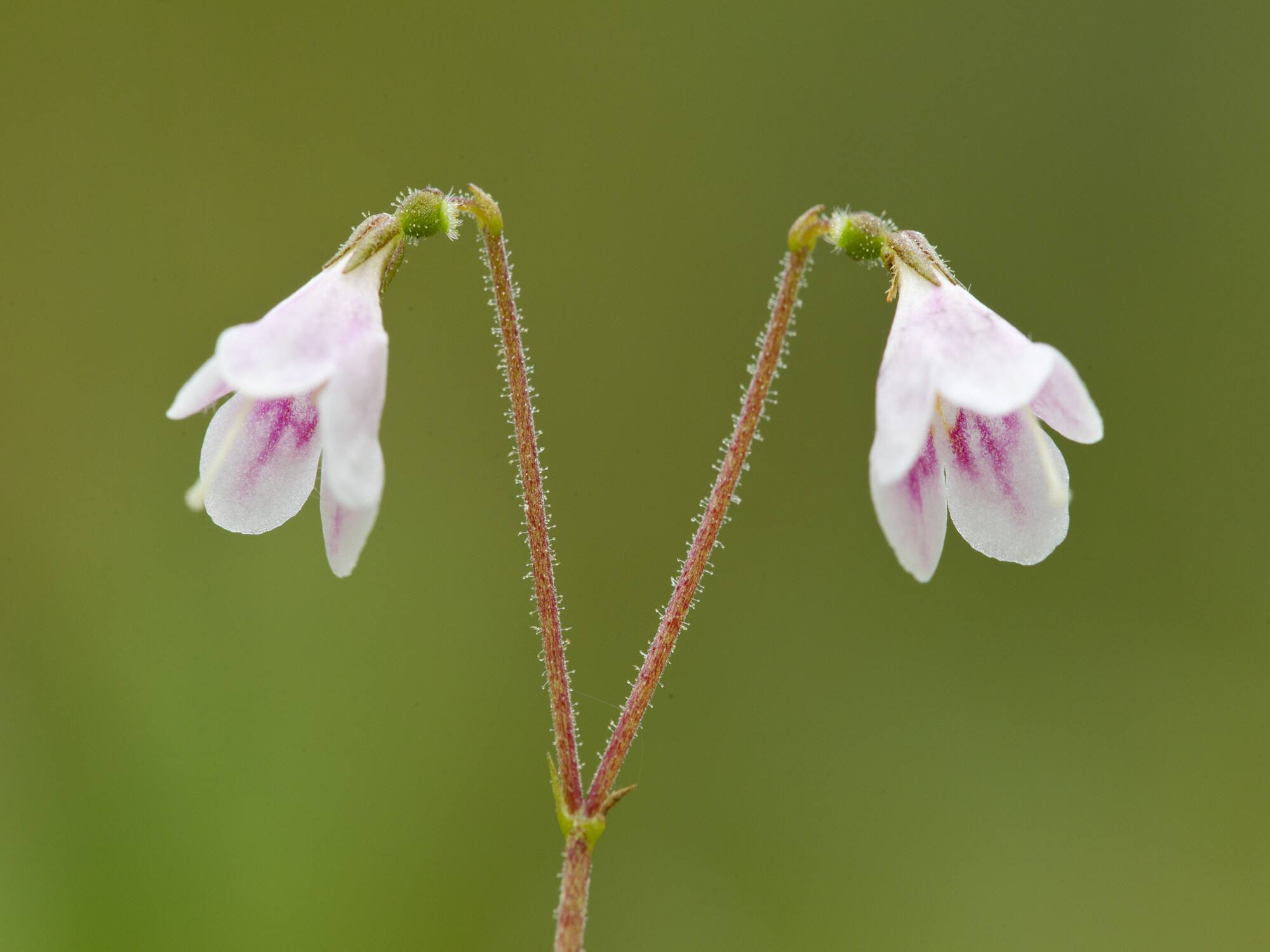Wildlife

The Cairngorms National Park is one of the most outstanding places for nature and wildlife.
It's home to a remarkable 25% of the UK’s most rare and endangered species. The rich mosaic of high-quality, well-connected habitats make it a stronghold for species like the red squirrel, crossbill, wood ants, ptarmigan, goldeneye - and a refuge for some of our most iconic, such as capercaillie and the Scottish wildcat.
Alert

Birds
Osprey, curlew and capercaillie are among the many iconic birds of the Cairngorms.

Mammals
From red squirrel to beaver, the National Park plays host to fascinating animals.

Invertebrates
The Cairngorms National Park is one of the main strongholds for some of the rarest insects in the UK.

Plants and trees
Ancient woodlands and rare plantlife are part of the unique landscapes of the National Park.
Relevant alerts
-
There is an extreme risk of wildfire impacting the National Park from Friday 11 July until Monday 14 July.
- Do not light any fire or barbeque
- Always ensure cigarettes are fully extinguished and take your litter (including glass) away with you
- Enjoy the outdoors responsibly - most wildfires are caused by human activity
- Stay alert - with dry vegetation and warm weather, fires can start easily, spread rapidly, and burn intensely
- If you see a wildfire, dial 999
For updates, visit the Scottish Fire and Rescue Service website.




